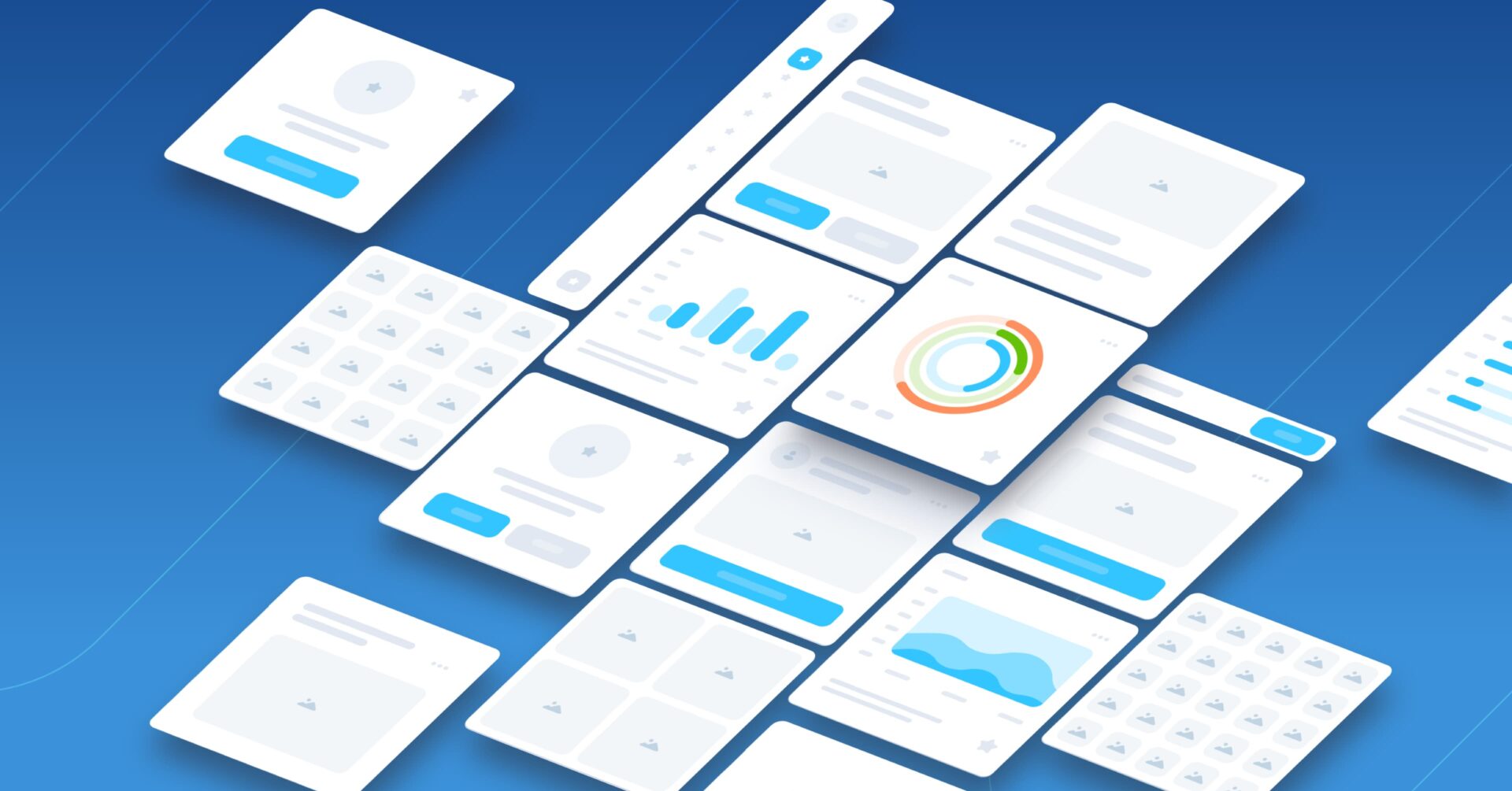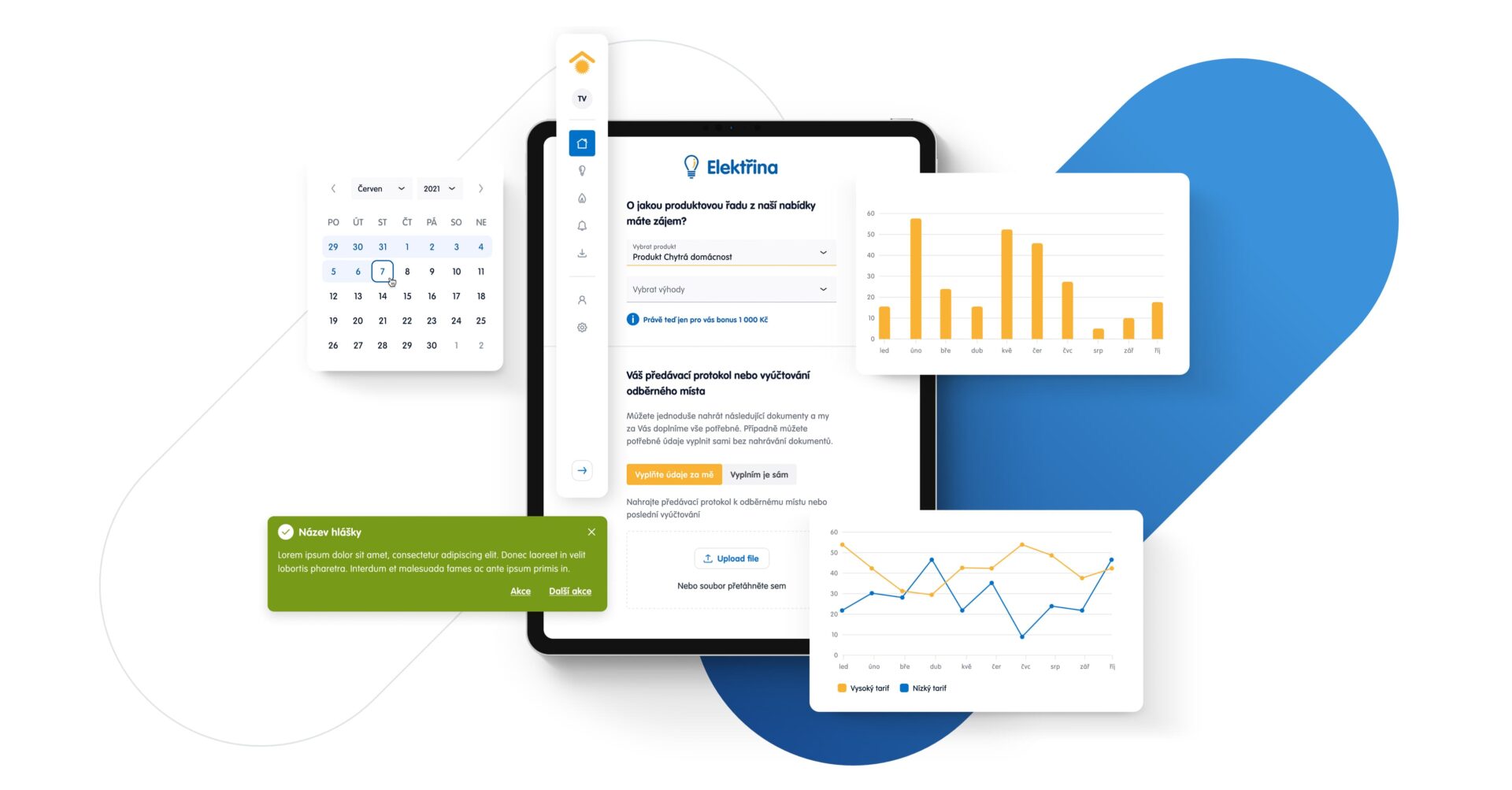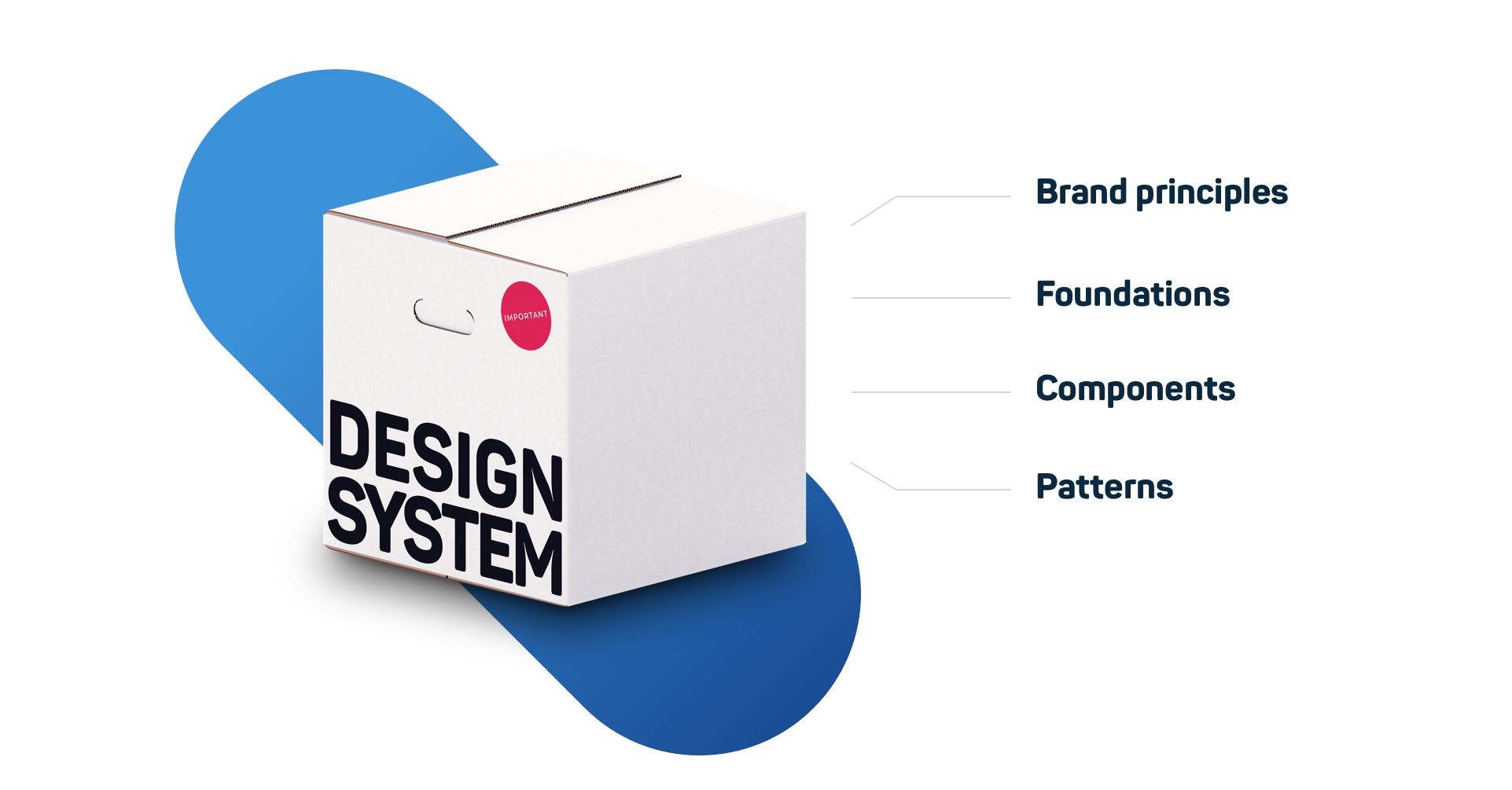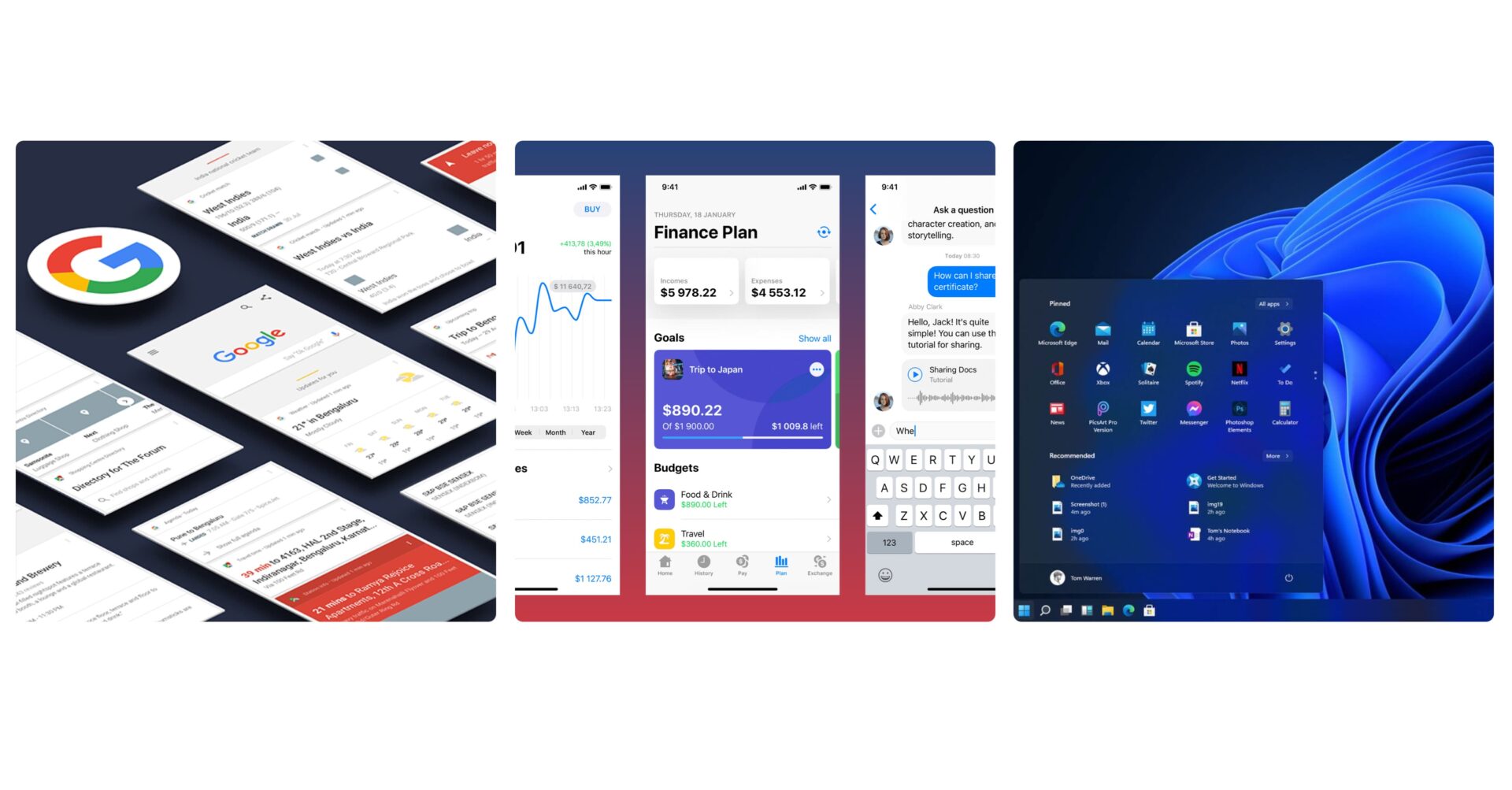UX/UI designers and developers have been working with design systems for many years now. Still, a lot of people don't know what they're good for. When can they save you time and what should you look out for when working with one?
Design systems: A More Effective Way Of Digital Product Development

If you’ve ever built a website or app, you have probably had to constantly deal with the fact that:
- design and development took too long
- with complex projects, it was difficult to maintain consistency and keep track of everything
- it took a long time to figure out a solution that, unbeknownst to you, someone else had already come up with (as part of another project, for example).

A simple solution – a design system – can help you with all these problems. This tool, which can be used by designers, developers, product managers and external suppliers or marketers, has been around for years and even technology giants such as Apple and IBM rely on it. So, what is it all about?
What is a design system?
Until recently, you had to redraw all the graphic elements and redefine their functionalities whenever you wanted to use them in other or related projects. This is, of course, extremely time consuming. Today, there is a simple solution on which technology giants such as Apple or IBM also rely.
Get to know design systems.
The design system works like a library containing information about almost everything related to your brand.
Everyone uses them – from product teams to designs and developers to external suppliers. It acts like the center of brand identity, which also has its practical use.
Functional design system includes the rules of its use, brand principles (philosophy, values, goals) and especially components (eg page layout, forms, galleries, navigation, etc.). It is their incorporation into the design systems that represents one of its greatest added values. It not only stores information about the visual appearance of these components, but is also already coded. That’s why developers don’t even have to go off the floor. Therefore, when you expand your product portfolio or plan to launch new digital services, you already have a large number of pre-built functionalities in reserve, which are just waiting for you to reach for them.

Design system works as a centrepiece of your brand
This does not mean that the elements in a design system are laid out once, forever, and cannot be modified. On the contrary – they work as a clearly-defined basis, which can be altered, according to predefined rules. Similarly, it’s not like you build a system once and it’s forever done. Depending on its size, it is good to have at least one person, if not a whole team, to take care of its updates.
Active usage of a design system also saves time with respect to external suppliers – as it acts as a central repository of data about your brand, individual partners can obtain defined components and rearrange them for the desired purpose (e.g. mobile applications, websites, augmented and virtual reality, and even printed materials). Deviations from the defined brand occur only minimally, and thus you can invest your precious time elsewhere.
Although it may seem that building your own design system is a real chore, it will save you a lot of time and worries in the future.
The most famous design systems
It is very likely that you’ve already had the occasion to work with a design system. They are used by many technological giants. Google has its Material Design, Apple designed its Human Interface Guidelines, and Microsoft is working with the Fluent design system.

We don’t have to go very far to find integrated and functional systems – in the Czech Republic, one is already used at the Ministry of the Interior; you can find it on public administration portals.
Are design systems worth it?
Design systems will make collaboration much easier for you, designers, developers, managers, clients and external collaborators. They help quickly create another feature of your brand without you having to think long and hard about how to do it. Designers don’t have to design every digital product from scratch because they already have a basis that can be quickly and systematically customized. You will maintain a clear and consistent face, which is important not only in building a positive brand perception, but also improves the overall user experience. And last but not least – it saves time and money.
Wondering what a design system could be used for in your business? Contact us, we will be happy to advise you.
